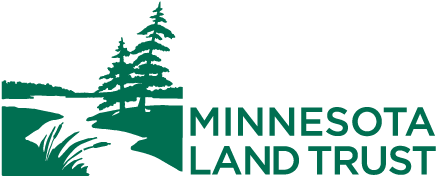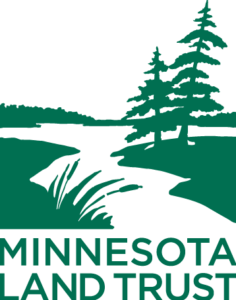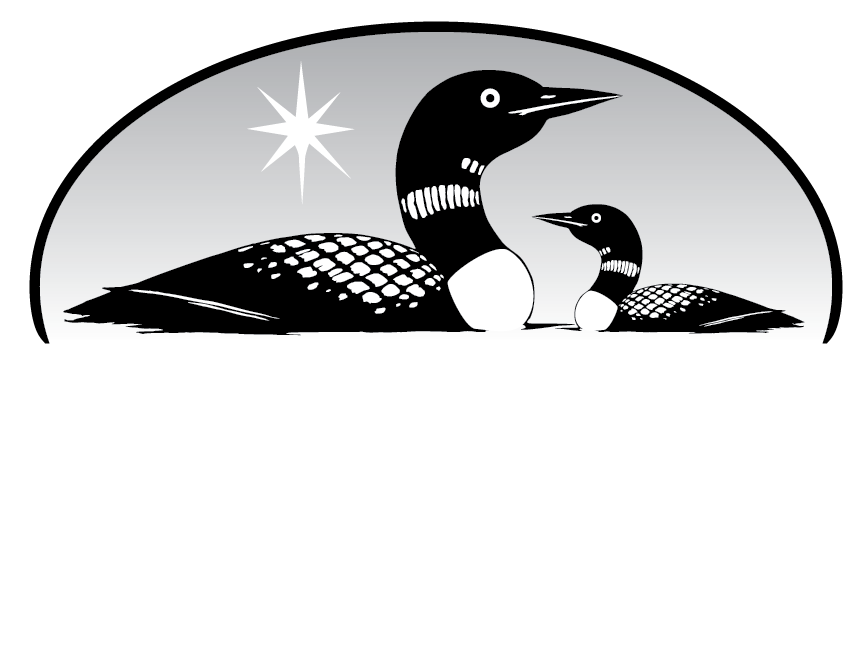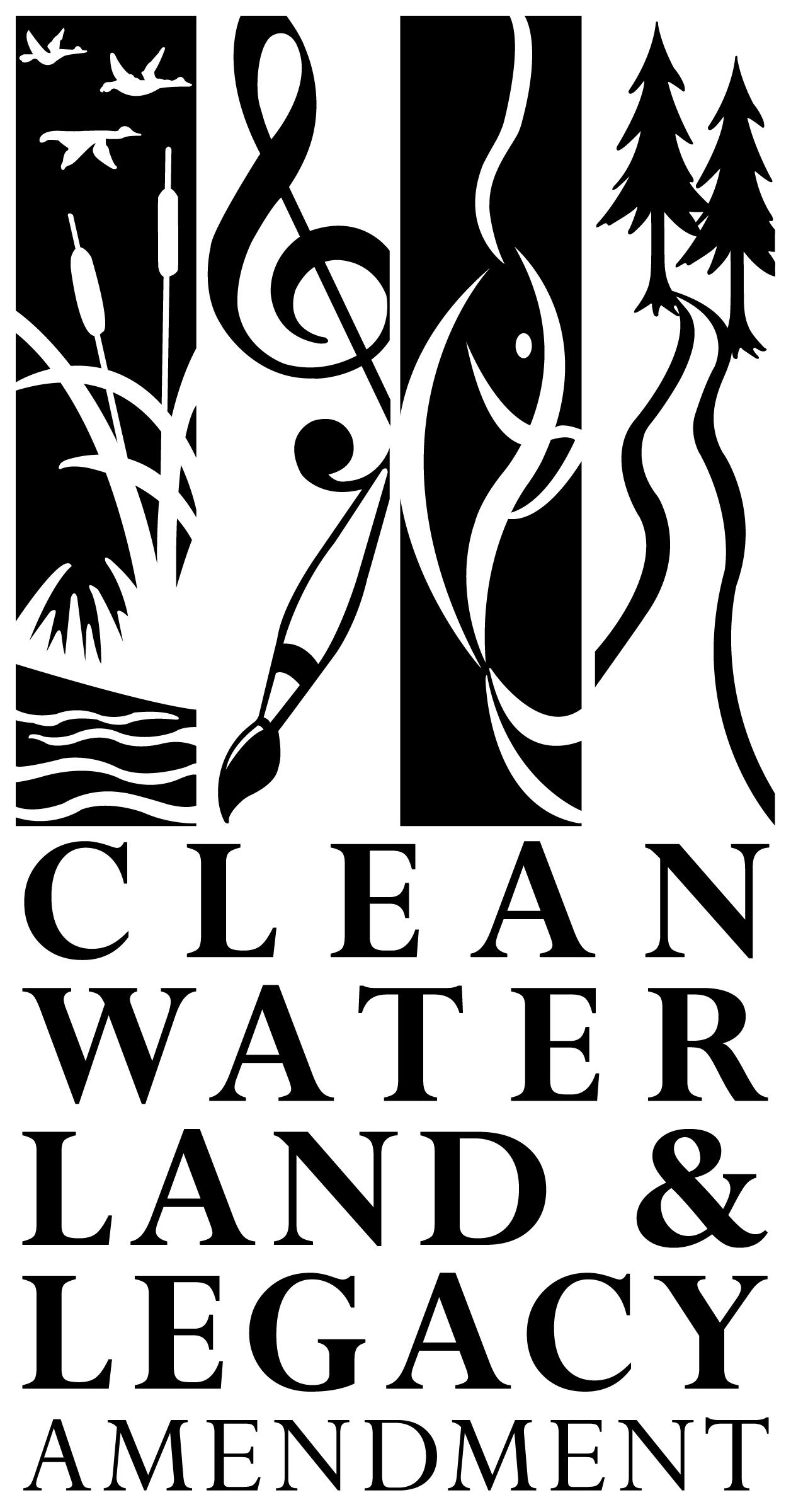Included on this page are shared resources, including opportunities to learn about and support Indigenous nations and communities, de-colonize and “indigenize” your world view, and appreciate the many contributions of Indigenous Peoples to industries and communities across Minnesota, including art, conservation, education, innovation and technology, and food to name a few.
Jump to:
- Articles and education online
- Events & opportunities in the community
- Opportunities for financial reparations and restoration
Articles & Education Online
Indigenous Peoples are the world’s biggest conservationists, but they rarely get credit for it
Read the Vox article here by Benji Jones. [Jun. 2021]
More than 30% of the Earth is already conserved thanks to Indigenous nations and local communities. Additionally, at least 36% of the world’s remaining intact forest landscapes — continuous tracts of forest and other natural ecosystems — are found within Indigenous territories.
The modern conservation movement was built on the false idea that nature began as “pristine” and untouched by humans when in actuality it has been Indigenous traditional and ecological knowledge and land management practices that created most of the lush, healthy, biodiverse landscapes that European settlers initially encountered and that are in peril today.
The failure to respect, recognize, and seek out the contributions of Indigenous Peoples for land conservation and habitat restoration has devastating consequences on Indigenous communities and the environment.
Indigenous Peoples proven to sustain biodiversity and address climate change: Now it’s time to recognize and support this leadership
Read the One Earth article by Steve Nidah, member of the Łutsël K’é Dene First Nation. [Jul. 2021]
People around the world increasingly see the urgent need to tackle the twin emergencies of climate change and biodiversity loss. We can make progress on both these fronts if the world also recognizes the leadership of Indigenous Peoples who oversee the most healthy, biodiverse, and intact lands and waters left on Earth.
Why Treaties Matter
The U.S. has ratified more than 370 treaties with Indigenous nations, yet many Americans, especially non-Indigenous people, know little about these legally binding treaties that shaped, and continue to impact, the country today.
“They’re not rights given to Native nations, they’re Native nations by and large giving rights to the United States,” says Jill Doerfler, an Associate Professor of American Indian studies at the University of Minnesota, Duluth.
Why Treaties Matter—Online Exhibit
Access the Virtual Exhibit, a collaboration of the Minnesota Humanities Center, Indian Affairs Council, and Smithsonian National Museum of the American Indian.
In this virtual exhibit see how treaties with the U.S. government affected the lands and lifeways of Dakota and Ojibwe people of the place now called Minnesota and why these binding agreements between nations, most of which have not been upheld by the U.S. government, still matter today.
Since the end of the Revolutionary War, the U.S. government has ratified approximately 374 treaties with Indigenous nations across the country, many of which were coerced or forced. The U.S. government has either violated or fully broken nearly all of these treaties.1
Interactive Treaty Map: Minnesota Historical Society
Beginning in 1805, view a timeline of treaties and other laws that contributed to the loss of lands and natural resources access, displacement, and removal of Dakota, Ojibwe, and Ho-Chunk people in what would become Minnesota in 1858. Minnesota Historical Society Interactive Treaty Map.
Haudenosaunee Thanksgiving Address
Also called “The Words That Come Before All Else,” these traditional words of thanksgiving come from the people of the Six Nations, the Haudenosaunee, (sometimes referred to as the “Iroquois Confederacy”). These are the Mohawk, Oneida, Onondaga, Cayuga, Seneca and Tuscarora who live in upstate New York, Wisconsin, and Canada.
Spoken as a spiritual address to the powers of the natural world, these words are used to open gatherings in order to bring the minds of the people together as one and align the gathered minds with Nature. The Thanksgiving Address has been made widely available, published online and in book form.
According to Braiding Sweetgrass author, Robin Wall Kimmerer, when she asked about sharing the Thanksgiving Address in her book, she was told “Of course you should write about it. It’s supposed to be shared, otherwise how can it work? We’ve been waiting for five hundred years for people to listen. If they’d understood the Thanksgiving then, we wouldn’t be in this mess.”2
View the Thanksgiving Address as a series of web pages and learn more about it in the video below.
11 Ways to Decolonize Your Thanksgiving
This list of resources published by Cultural Survival offers opportunities for allies and accomplices to learn from Indigenous Peoples and confront settler mythologies of this country’s history, understand how American colonialism and imperialism continues to impact Indigenous communities today, and take steps towards true reconciliation.
Cultural Survival is an Indigenous-led non-profit that envisions a future that respects and honors Indigenous Peoples’ inherent rights and dynamic cultures, deeply and richly interwoven in lands, languages, spiritual traditions, and artistic expression, rooted in self-determination and self-governance.
The Decolonial Atlas & Native Land Digital
The Twin Cities metro area is home to one of the largest and most diverse urban populations of Indigenous Peoples, numbering well over 35,000 (2018). The size of the Twin Cities’ Indigenous population boomed as a result of the 1956 Indian Relocation Act which defunded many reservation services and paid for relocation expenses to the cities in an attempt to assimilate the country’s Indigenous Peoples. Across the country, roughly 7 out of 10 Native Americans now live in cities.
View the Decolonial Atlas page for the Twin Cities region for more information and a map in Dakhóta, Anishinaabemowin, and English. See also The Great Lakes: An Ojibwe Perspective; and The Headwaters of the Mississippi River in Ojibwe.
Native Land Digital is an interactive map that allows users to view continents without the colonial boundaries and place names to explore the territories of Indigenous nations. Use the “OpenStreetMap Labels” button to add state lines, major highways and city names.
In the Community
Minnesota History Center will showcase the resiliency of the Twin Cities’ Native American community in new exhibition
Read the Native News Online article here [Oct. 2023]
Visit the Reframing Our Stories exhibit at the Minnesota History Center, which runs from October 21, 2023 to October 31, 2025, alongside the Our Home: Native Minnesota exhibit. The new exhibit was inspired by a decades-old box simply labeled “Indians” which contained images of Native community members, organizations, activities and events that are relevant today. Now in the hands of people from Indigenous nations, those photos have meaning.
Hoċokata Ti’s Mdewankanton Dwellers of Spirit Lake
Hoċokata Ti’s 3,805-square-foot public exhibit, called Mdewakanton: Dwellers of the Spirit Lake, provides visitors with a cultural experience that enhances their knowledge and understanding of the Mdewakanton Dakota people and their history. The exhibit is open to the public and enables the Shakopee Mdewakanton Sioux Community to share its story with the greater public. Learn more and visit.
The Publicly Accessible Art of Marlena Myles
Find public art installations, free resources, Dakota land maps, and view animations by Marlena Myles.
Marlena Myles is an Indigenous digital artist, animator, fabric/fashion designer and book illustrator (Spirit Lake Dakota/Mohegan/Muscogee) who has created works across the metro, including augmented reality public art installations. One of her most recent projects was the We Are on Dakota Land Metro Transit bus, an image of which appears at the top of this page.
Repair & Restore
“Money cannot redo history but it can close some economic gaps and redistribute wealth in a country where many of those who profit off the land and capital are not the ones who originally inhabited it, cared for it and built it.”
Learn more about reparations and review the options below for individual reparations opportunities to consider this November and every month.
Build Indigenous Food Systems by Supporting Indigenous Food Network (IFN) Partners
See a list of IFN partners and donate.
The Indigenous Food Network (IFN) provides an opportunity for Native-led community organizations to work together to rebuild a sovereign food system by identifying and leveraging organizational and community assets. The work of the IFN builds on the cultural knowledge of community members and uses an intertribal and multigenerational approach.
Support Indigenous-owned Businesses in Minnesota
See a business directory (Minnesota Indigenous Business Alliance)
The Minnesota Indigenous Business Alliance aligns partners and communities committed to the growth and success of Native-owned businesses, entrepreneurs and artisans. The Alliance connects Native-owned businesses, entrepreneurs, artisans to resources and providers that offer equitable access, innovation, and understand Native business and communities; and transforms Native communities by supporting and advocating for culturally effective entrepreneurial creativity, sound business models and practices and pro-social economic growth.
Mni Sota Makoce Honor Tax
The Mni Sota Makoce Honor Tax gives people who live, work, and visit Minnesota a vehicle to meaningfully recognize and support the enduring sovereignty of the Lower Sioux Indian Community. The tax is a voluntary payment made directly to the tribe by those who live in, work on, and visit traditionally Dakota land within Minnesota. The Lower Sioux Indian Community did not request or initiate this Honor Tax, but its Tribal Council has passed a resolution accepting the tax as a gift of governmental revenue. Learn more about the honor tax and make a contribution.
Support Indigenous-led Conservation Nonprofits
Wakan Tipi Awanyankapi: Formerly known as Lower Phalen Creek Project, Wakan Tipi Awanyankapi is a Native-Led, East Side environmental stewardship nonprofit centered in Dakota values. Founded in 1997 by community activists, our project area stretches from Lake Phalen to the Mississippi River and throughout the East Side River District. Our work is powered by a dedicated board, staff, and community of volunteers.
Owámniyomni Okhódayapi: Dakota-led non-profit creating a future where Dakota culture has a vital presence and Dakota values – such as mni wičóni, or water is life – are embedded into our communal existence. We are currently working to transform five acres of land at Owámniyomni (St. Anthony Falls) into a place of restoration, education, healing and connection. Learn more (Star Tribune).
Support Indigenous Businesses or Nonprofits in the Duluth Area
Celebrate and Honor Indigenous Culture in Duluth [Aug. 2023]
The area where Duluth is located has been home to Indigenous nations for nearly 14,000 years through the present day, including the Dakota and Northern Cheyenne people as well as the Ojibwe, also known as the Anishinaabe. The land and shoreline on which Duluth was built was ceded by the Ojibwe in an 1854 treaty and continues to hold great significance for its original stewards. Ojibwe people are part of the fabric of the Duluth community, and many of their contributions, cultural, and spiritual practices are honored and visible throughout the city.
